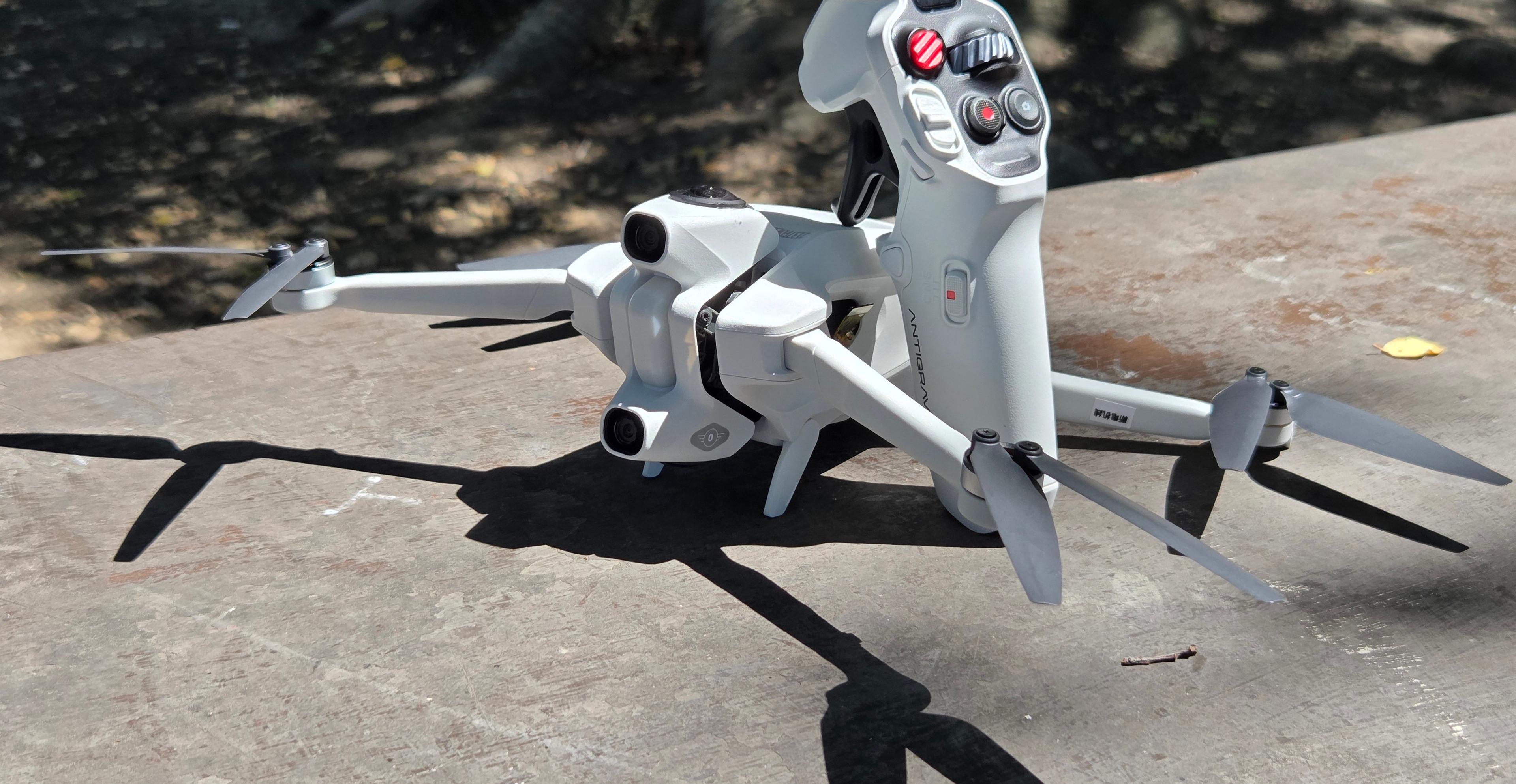NASA is preparing to begin an experiment named GUSTO — short for Galactic / Extragalactic ULDB Spectroscopic Terahertz Observatory — to gather data that will be used to create a 3D map of a portion of the Milky Way Galaxy.
- Home
- Technology
- News
NASA’s GUSTO balloon telescope will map part of the Milky Way
NASA’s GUSTO balloon-borne telescope will study high-frequency radio waves transmitted through the interstellar medium to help map the Milky Way.


The GUSTO experiment involves a telescope that will float 120,000 feet over Antarctica on a high-altitude balloon for at least 55 days, soaking up high-frequency radio waves percolating through the cosmic interstellar medium — a term that refers to the gases, dust, radiation, and other materials that make up the space between stars. NASA has a fun guide to its scientific balloons that explains the zero-pressure and super-pressure balloons it uses for missions like this.
GUSTO will look for signals of carbon, oxygen, and nitrogen in the interstellar medium, seeking hints about how stars and planets form — specifically, what makes space particles come together to form the molecular clouds that precede star formation. The balloon will launch from the Antarctic McMurdo Station “no earlier than December 21,” according to NASA.
The investigative lead for the GUSTO project, Chris Walker of the University of Arizona, says GUSTO is uniquely suited to the task of picking up the terahertz frequencies that the particles transmit. “We basically have this radio system that we built that we can turn the knob and tune to the frequency of those lines,” he said in NASA’s announcement. “If we hear something, we know it’s them. We know it’s those atoms and molecules.”
NASA says the mission will also “reveal the 3D structure of the Large Magellanic Cloud,” which is a dwarf galaxy near the Milky Way that’s visible with the naked eye from parts of the Earth’s southern hemisphere. The telescope will fly in the South Pole’s atmospheric anticyclone, which will guide it in circles around the pole during the mission.
GUSTO isn’t the only balloon-based science instrument NASA uses. The agency has been using balloons to send up payloads, sometimes weighing thousands of pounds, for over 30 years. This particular mission is the first of the NASA Explorers Program, NASA representative Elizabeth Landau tells The Verge in an email. Explorers exists to “provide frequent flight opportunities for world-class scientific investigations from space utilizing innovative, streamlined and efficient management approaches within the heliophysics and astrophysics science areas,” according to NASA.
Other GUSTO collaborators that NASA lists include University of Arizona, Johns Hopkins University Applied Physics Laboratory, and the Netherlands Institute for Space Research, as well as MIT, JPL, and the Smithsonian Astrophysical Observatory.
Cold, partly cloudy weather expected over most parts of country
- 12 گھنٹے قبل
Pakistan military court sentences ex-spy chief Faiz Hameed to 14 years in prison
- 13 گھنٹے قبل
Pakistan win Under-19 Women T20 series
- 11 گھنٹے قبل
Taylor Swift breaks down in Eras documentary over Southport attack
- 9 گھنٹے قبل

The Vergecast 2025 year in review
- 2 گھنٹے قبل

Donald Trump reminds the entire world he has no idea what 6G means
- 2 گھنٹے قبل
PM Shehbaz emphasises to resolve disputes peacefully through dialogue, diplomacy
- 12 گھنٹے قبل

I’m obsessed with Redfin’s AI search
- 2 گھنٹے قبل
Japan lifts tsunami warning after 6.7-magnitude earthquake
- 11 گھنٹے قبل

Gold prices jump in Pakistan, global markets
- 12 گھنٹے قبل

The Supreme Court sounds surprisingly open to a case against a death sentence
- 15 گھنٹے قبل

You can now text photos directly to Aura’s digital picture frames
- 2 گھنٹے قبل

:format(webp)/cdn.vox-cdn.com/uploads/chorus_asset/file/25172500/GUSTO_space_map.png)





